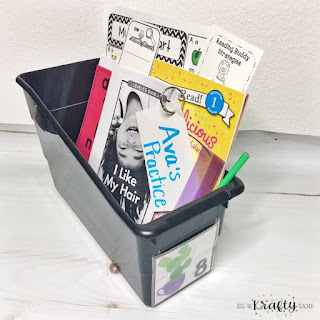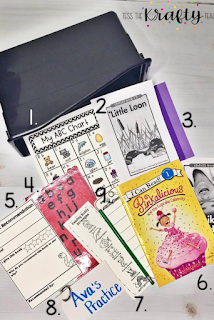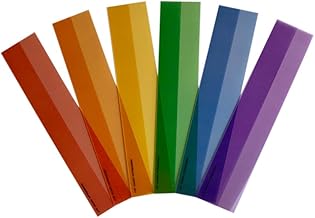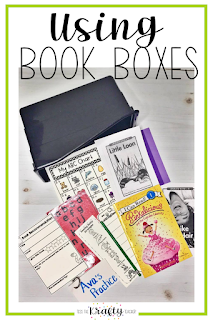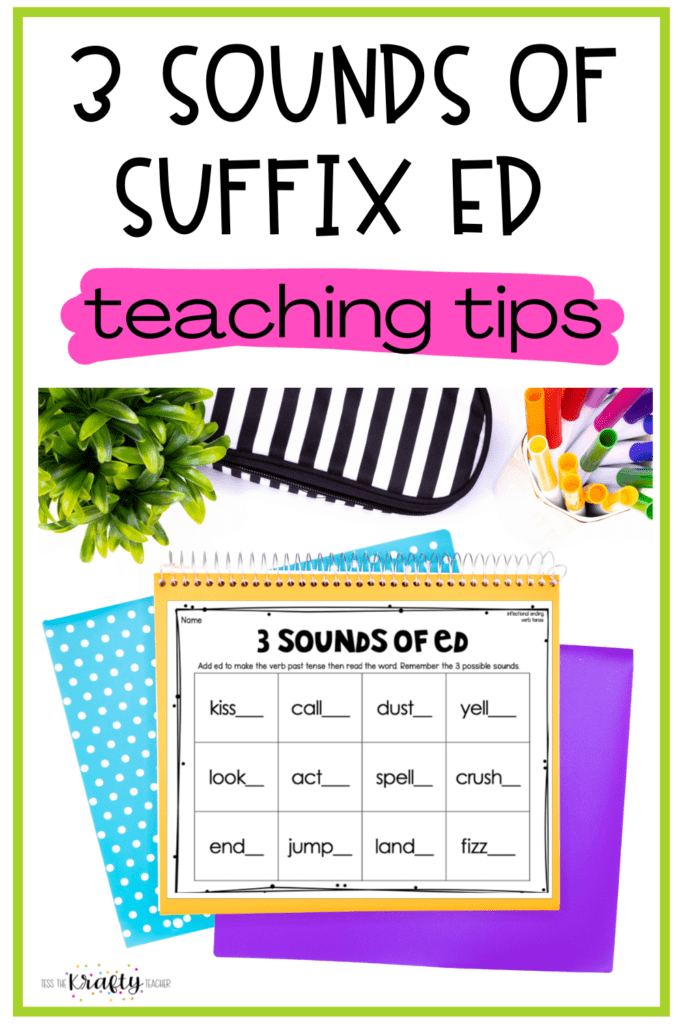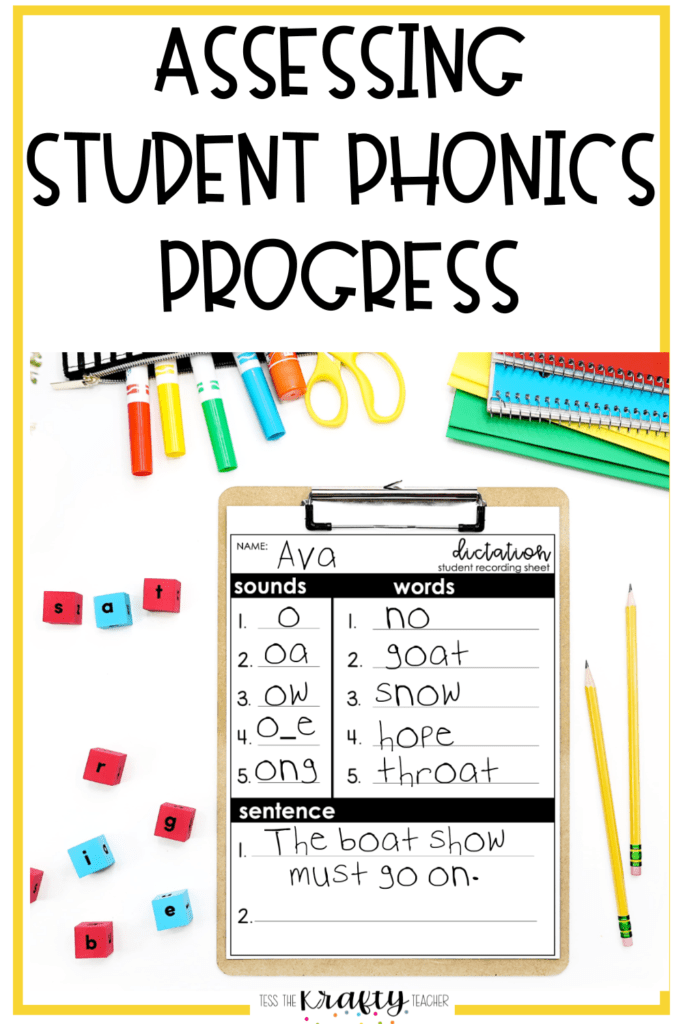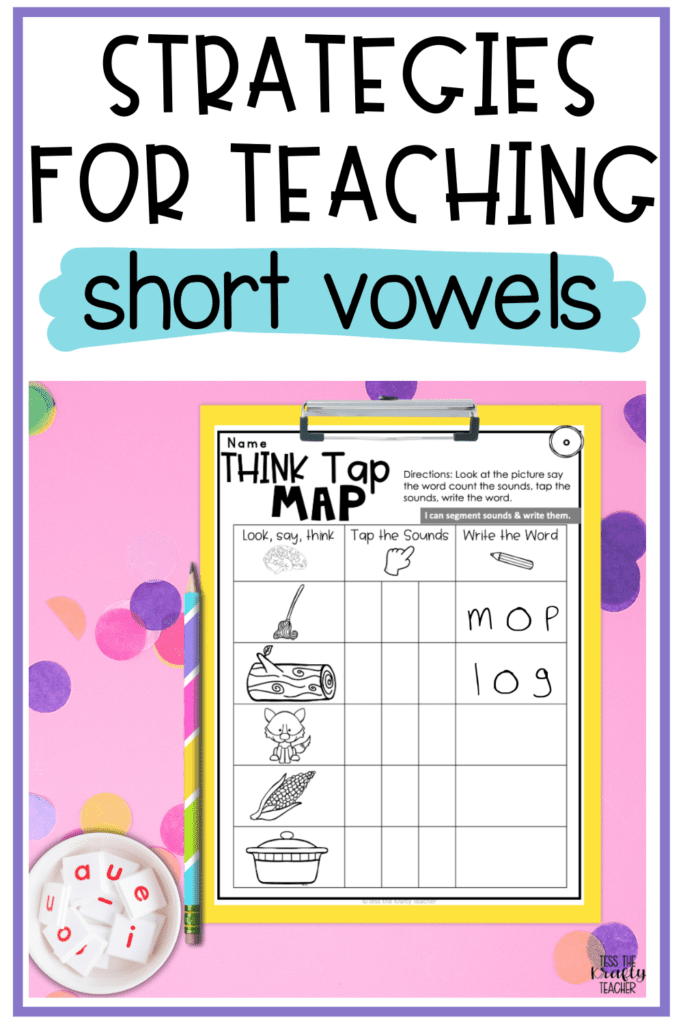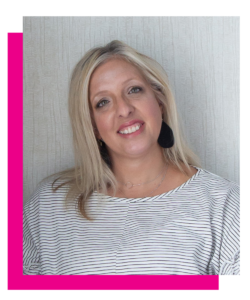In this post, I am going to share how to use book boxes in the classroom, which book boxes I think are the best to purchase, and more about using book boxes!
Independent Reading is a vital part of every single grade level (as far as I’m concerned). The time may vary but independent reading is essential. But that’s not what this post is about. This post is about book boxes and organizing them so that students are able to make the most out of independent reading time.
Best Book Boxes for the Classroom
I personally bought the
Really Good Stuff Book Bins with a coupon because I wanted them to last. I wanted all black and I wanted them to match year after year and not have to worry about slight color changes in the ones from Target or Wal-Mart or wherever. If you are less of a control freak than me the Target ones work just fine my daughter has one that she uses in her bedroom to have books by her bed. I put the clear plastic square pouches on my boxes that you get from the Target Dollar Spot. Those things are the best invention ever! Seriously! You can label the boxes with student names or numbers for older children.
All of that is your choice and preference. But it’s what’s inside that counts right? The same is true for book boxes. Now, this is my professional opinion as a reading specialist with a Master’s in Literacy. Book Boxes are for books and activities directly related to reading.
They are NOT for
writing journals
math journals
STEM notebooks
assignments they are working on
I think you get my point.
You want your students to get their book box when it is time for Independent Reading, or Guided Reading, or their Skill Group and be able to find everything easily and have all the things they need to READ and activities that support reading! So I have spilled the book box so to speak so you can see what I include in student book boxes. This may differ slightly depending on your school requirements, age of students etc.
What I include in book boxes
Here we go… the 9 things I use in student book boxes.
1. ABC Chart
An Alphabet Chart with pictures – this ideally would match the one in your classroom. I happen to carry this one in my TPT store you can click
HERE if you would like to check it out. This can and should be removed once students have learned basic letter names and sounds. You could then add a digraph and long vowels or other vowels to practice those concepts.
2. Independent Books
Books that students can read confidently on their own. This would be a book you have done together in class or a phonetic reader that you have done in a skills group or a guided reading book that you have already done in a group. This is important for students to build fluency by re-reading books.
3. Guide Strips
Reading Guided Strips – Every child doesn’t need one of these just those that have trouble tracking. I find students struggle with tracking when you use a passage instead of a book (which you should be doing once they are comfortable with concepts of print). Tracking in a passage will help later on with tracking in longer chapter books.
4. 1 to 1 Correspondence Letter Chart
This is our singing ABC chart it’s the letters lined up to point and sing them to the tune of Mary Had a Little Lamb. This is for 1to1 correspondence, return sweep, and gives students a mnemonic device for remembering letter names. This can be removed once students can point and sing independently.
5. Book Recommendation Form
A book recommendation form. A surefire way to get kids to read a book is to have another kid say they love it. This is especially effective in upper grades. I would even have students who would write these out and give them to each other. We also taped them to the wall above our library. We also had a student recommended and teacher recommended box. This one, in particular, is in my TPT store
HERE.
6. Books they choose.
My daughter’s favorite book for ages was Pinkalicious before she was ever in kindergarten she would “read” it over and over. This is important for children to choose books they want to “read” they should always be allowed to have a choice regardless of level or type of book. Reading is reading doesn’t mean they don’t have books on their level just means that’s not all they have. I recommend 3-5 books of choice depending on grade level, amount of books in your library, etc. My students got to book shop once a week for new books.
7. A Bookmark
A bookmark? Yes even for little kids, they like bookmarks also. They feel like a reader when they can mark their place for next time. It also helps when putting up books to transition to the next activity.
8. Differentiated skill cards
Independent practice cards for letters, sounds, and sight words. Talk about differentiation. Every single student in my class had their own set of cards to practice! And every student I meet within K-2 has their own set now as a reading teacher. This is one of their warm-ups when I come to their room for a skill group or guided reading group. Reading teachers rarely have travel time built into our schedule so I train my students to come to my table get out their word cards and practice them then read familiar books. I did this in the classroom as well in case you know I got interrupted during a group or there was a student (or teacher let’s be honest) who HAD to have my attention between groups. This gave them something to do and cut down on “wasted time”. Each Wednesday is Word Wednesday and I check them on their cards and note if they get it correct or incorrect once they get it correct 3 times they get to take the letter or word card home. You can read more about this in my Sight Words Post. I add words as they are introduced or I notice them struggling with them in a book or passage.
9. Response to Reading
Writing is the reciprocal of reading. Phonics are the building blocks of reading. They are all related. Therefore once my students had met an age-appropriate amount of stamina for the year I would introduce these activities for independent reading time. In K-2 they had phonics patterns they would write down that we would then share during our phonics/spelling time. In upper grades, it was usually a text-based evidence sheet that went with what we were working on or one I gave them during group based on their needs. That’s it. Those are the 9 things I think you should include in your student’s book box or book bin. Now obviously you wouldn’t give a second grader an Alphabet chart but this is starting in Kindergarten getting them off on the right foot to become readers.
Don’t forget to pin it for later!
